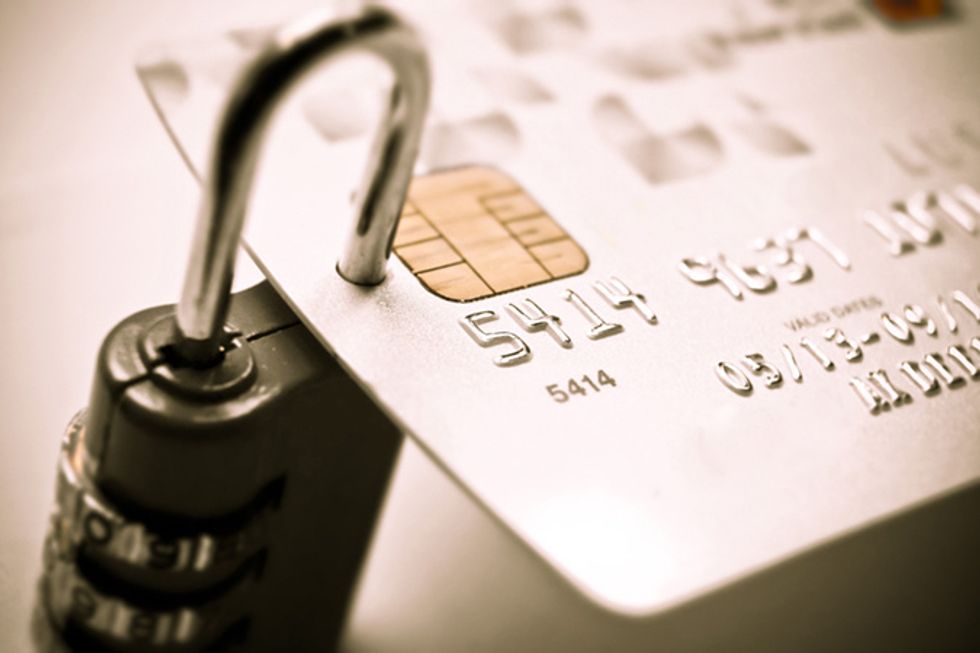Struggling with credit card debt? Despite all signs pointing to a healthy U.S. economy, U.S. households who don't pay off their credit card balances each month carry an average of $9,333 in credit card debt.
With the national monthly interest rate average at 15 percent and some rates soaring as high as 25 percent, double-digit debt totals can quickly get out of hand. This is particularly true because many households continue to make credit card purchases even though they carry a monthly balance, ensuring they never make substantial progress on their balances.
The precursor to any debt relief strategy is to stop using your credit cards. Once you've done that, consider one of the following strategies for your situation.
Debt Avalanche
We know from stats how much the average household carries in debt on a monthly basis, but many of those households likely don't know their exact balance. After every balance is calculated along with each account's respective interest rates, debtors need to decide on a repayment plan.
The debt avalanche method makes the minimum payment on all other balances and contributes whatever is left over to their balance with the highest monthly interest rate. The goal is to eliminate that balance—and interest rate burden—as fast as possible while only accumulating smaller interest rate charges on the other account by paying the minimum.
Debt Snowball
The debt snowball method is another useful strategy, particularly for debtors with various credit card balances. Instead of focusing on monthly interest rates, a snowball plan targets the lowest overall balance. By making minimum payments on all other accounts and contributing the most money toward the lowest overall balance, a debtor can slowly eliminate the number of indebted accounts. The debt snowball method won't save the most on interest, but it does make debtors feel like they're making progress.
Balance Transfer
Struggling to pay back your debt because of the high-interest rate your account carries? A balance transfer won't do anything to your principal, but if you transfer to a card that carries zero interest for a year, you can save hundreds, even thousands in interest.
Balance transfers can cost up to a five percent fee, but if you're paying monthly interest between 15-20 percent on a double-digit balance, you're still saving money. Balance transfers don't change what's already on your credit score, and could temporarily hurt them. However, if a balance transfer allows you to pay back your debt faster, your credit score will improve as a result.
Debt Management Plans
For many debtors, the hardest part of having debt is managing it. Debt management plans make this process simpler by requesting one monthly amount from a debtor to then disperse to various creditors. All accounts will be closed upon enrollment of a debt management plan. On the one hand, this is a good thing, but it also lowers credit scores because it's effectively ending a debtor's length of credit history and the mix of credit available to them — two critical details in FICO scores.
Credit Card Consolidation Loan
In a perfect world, every debtor could get a balance transfer with long enough zero interest rate terms to enable them to pay back their debt. But this isn't the case. When balance transfers aren't possible and the debt-to-income ratio makes the debt avalanche or snowball method impractical, consolidation loans are another avenue to explore. They allow a debtor to simplify their debt by taking out one loan with a lower interest rate to pay back their balances. Monthly interest rates on the new loan can still be quite high (11-23 percent depending on credit score), but the monthly payment with one rate ends up being more manageable for many debtors to pay back.
Debt Settlement
Typically, debtors who can't benefit from the above strategies carry more debt, less income, and worse existing credit. It's in these circumstances that debt settlement becomes an option.
Debt settlement involves stopping payments on your balances while a company negotiates with your creditors to resolve the balance with a lower payment. Debt settlement costs money (15-25 percent depending on the debt balance), takes time to play out (2–4 years), and negatively impacts credit scores. But as mentioned above, many debtors who are suited for debt settlement may have already hurt their credit scores with their activity. Freedom Debt Relief reviews and FAQs state that information can stay on your credit report for up to seven years, but the process will help you get out of debt faster, ultimately putting debtors in a better position to rebuild their scores.
Bankruptcy
Anyone looking at debt settlement options would also be prudent to explore bankruptcy. Declaring chapter 13 forgives you of your debts without seizing your assets as long as you can make court-ordered payments for 3–5 years. Declaring chapter 7 will wipe a debtor's debts away, but assets will be seized to help pay back some of the debts. Bankruptcy isn't any softer on the credit report, either; chapter 13 stays on your reports for up to seven years, and chapter 7 for as long as a decade. Declaring bankruptcy carries several expenses as well, such as lawyer costs, court fees and mandatory financial management classes.
There's no uniform best way to get out of debt. However, stopping credit usage and being proactive before debt spirals out of control help. Consider how each of the above options can apply to your situation and then commit to the plan that makes the most sense for your financial health.
















